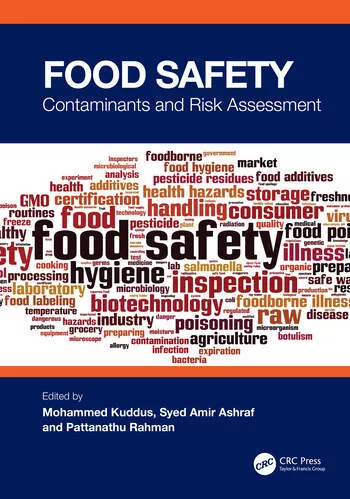Weather Data Could Help Predict Foodborne Pathogen Contamination on Leafy Greens

Image credit: Alois Lackner via Pexels
To help predict the presence of Escherichia coli and other foodborne pathogens on lettuce, a new weather-based model has been developed by the U.S. Department of Agriculture’s Agricultural Research Service (USDA’s ARS) and collaborators from Cornell University, Cleveland State University, and the Spanish Centro De Edafologia Y Biologia Aplicada Del Segura (CEBAS).
Inspired by the seasonal recurrence of foodborne illness outbreaks caused by lettuce grown in California, the researchers developed a novel model that predicts how weather affects the survival of pathogenic bacteria on crop surfaces, with the goal of filling the need for robust risk assessment tools to mitigate contamination. The model was successfully used to predict the population sizes of E. coli O:157 on young romaine lettuce plants in the field in Salinas, California.
Using publicly available data drawn from weather stations, the model considers temperature, radiation, and dew point depression to characterize total pathogen growth and decay rates. In addition, the model incorporates the population level effect of bacterial physiological state dynamics in the phyllosphere (the total above-ground surface of a plant when viewed as a habitat for microorganisms) regarding the duration and frequency of specific weather parameters.
Simple and user-friendly with minimal inputs and requirements, the researchers present their model as a promising potential tool for proactive microbial risk management, applicable to leafy greens from diverse U.S. growing regions. However, further refinement is required before the model can be seamlessly integrated with existing frameworks and implemented at scale.
In the future, the researchers expand the model to consider plant age, as they found it may be a factor in pathogen survival on crop surfaces. Additionally, they aim to integrate a leaf wetness factor that includes dew formation, water presence on leaves from rain and irrigation, and overall leaf wetness duration. The presence of water on plants is crucial in determining bacterial activity.
Looking for quick answers on food safety topics?
Try Ask FSM, our new smart AI search tool.
Ask FSM →









